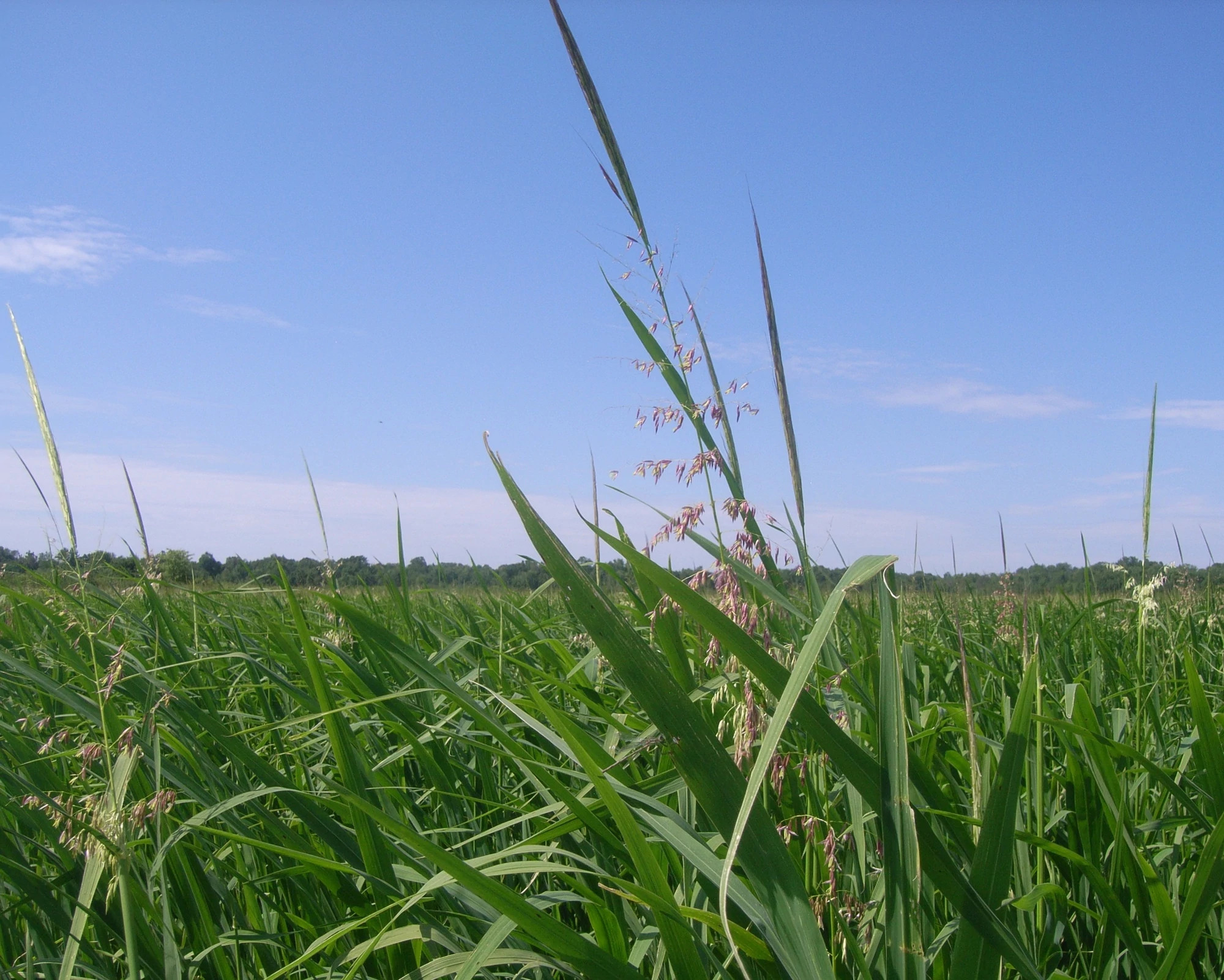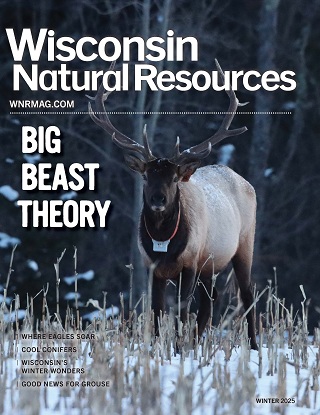Contact: Jason Fleener, DNR Wetland Habitat Specialist
Jason.fleener@wisconsin.gov or 608-220-9023
DNR Announces 2022 Wild Rice Harvest Forecast Shows Varied Outlook
 Based on ground and aerial surveys, this year’s wild rice crops appear to be relatively average across the northern part of the state.
Photo credit: Great Lakes Indian Fish and Wildlife Commission
Based on ground and aerial surveys, this year’s wild rice crops appear to be relatively average across the northern part of the state.
Photo credit: Great Lakes Indian Fish and Wildlife Commission
MADISON, Wis. – The Wisconsin Department of Natural Resources (DNR) today announced its 2022 wild rice season shows another year of a varied outlook for harvesters. Based on ground and aerial surveys, this year’s manoomin (wild rice) crops appear to be relatively average across the northern part of the state.
“While most lakes, flowages and rivers that have historically produced wild rice are likely not going to produce enough to make harvesting efforts worthwhile, there are a few regions showing promise for good harvest,” said Jason Fleener, DNR Wetland Habitat Specialist.
Wild rice harvesting offers the opportunity to explore Wisconsin by water, collect wild food, support local economies and help restore this essential resource by purchasing a wild rice harvest license. Wild rice maturity ranges from late August through September across the state and differs by water body and rice beds within them.
According to the Great Lakes Indian Fish and Wildlife Commission (GLIFWC), brown spot (a fungal disease) was noted in many areas from on the ground and from the air, but no definitive outbreaks have been observed that could pose a risk to harvest in ways it has in past years. The grazing of rice beds during the growing season continues to be an issue in some waters with abundant geese and swans.
“Fortunately, we have not had any significant weather events that negatively impacted wild rice beds up to this point. We completed on-ground and aerial surveys this summer and observed a range of quality and density in wild rice crops across the ceded territories of Wisconsin,” said Amy Cottrell, GLIFWC Wetland Biologist.
GLIFWC’s Off-Reservation Wild Rice Harvest Regulations webpage is a helpful resource for harvesters and includes reports for commonly harvested waters and all date-regulated waters.
Opening harvest dates for date-regulated waters are determined jointly by the DNR and tribal officials and are posted regularly on GLIFWC’s website as they are determined. Harvest dates are also posted at commonly used boat landings at least 24 hours before they open for harvest.
Wild rice harvesting, or “ricing,” is an excellent way to put nutritious, delicious, natural foods on the table while enjoying the outdoors. Unlike cultivated or “paddy” wild rice, natural wild rice grains have greater variation in color and are lighter than the black-grained cultivated wild rice often sold in stores. Natural wild rice is often considered a delicacy by professional chefs.
DNR staff stress the importance of waiting to harvest wild rice until it falls with relatively little force while “flailing” or “knocking” using ricing sticks. If most of the rice appears to be milky or still growing inside the hull, it is best to come back and try harvesting at least a few days later. Kernels toward the top of the seed head tend to mature and fall first. Premature harvest attempts can inhibit the maturation of the rice kernels.
Harvesters can also damage maturing rice if stems are kinked or if entire seed heads are knocked off with too much force from the ricing sticks. This not only affects harvest opportunities for other rice harvesters but can also have long-term effects on the sustainability of rice beds.
More information on harvesting wild rice and harvest regulations are available on the DNR website.

